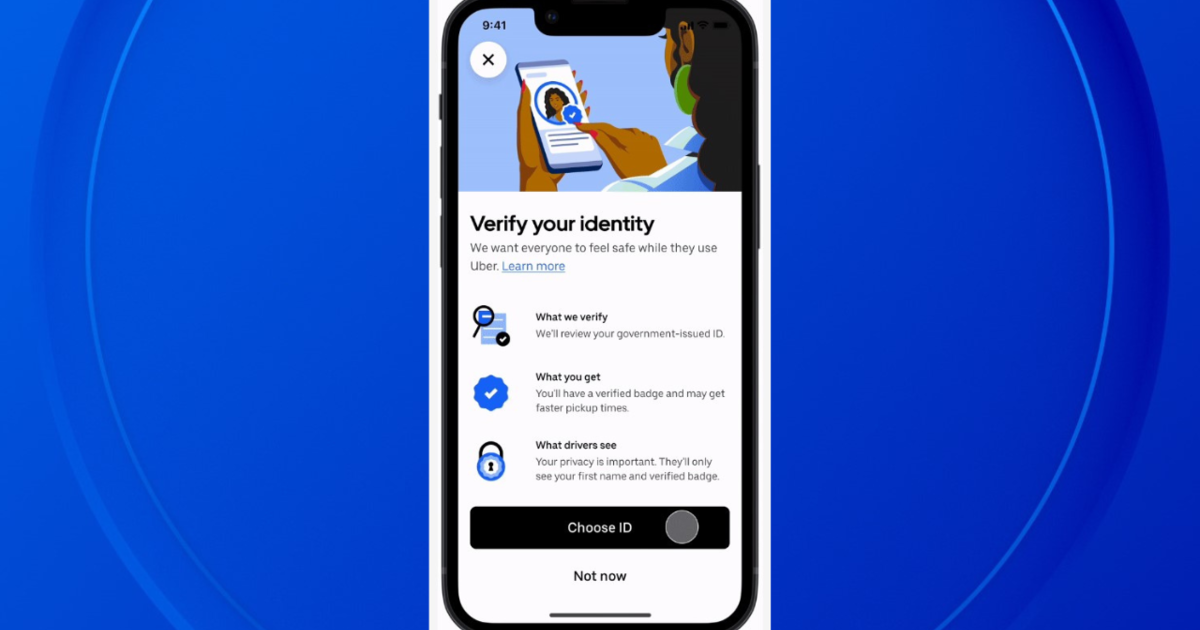Toy Dept.: Parrot AR.Drone 2.0 Visits WWJ
SOUTHFIELD -- It's hard to believe that a four-bladed toy helicopter with onboard TV camera that you can just fly around or use to play games on the Internet could get better.
But Parrot, the French wireless technology developer with its North American headquarters in Southfield, has done just that with the Parrot AR.rone 2.0, the new generation of its renowned high-tech "quadricopter."
Available for preorder on Brookstone.com Thursday and landing in stores in May, the AR.Drone 2.0 packs several major improvements.
First of all, the camera in the AR.Drone is now HD, packing 1280 x 720 resolution. And you can now record from that camera -- either on the iOS or Android application that runs the helicopter, or on an onboard USB drive.
The application also now allows one-touch sharing of the video to YouTube, Picasa or email, and has a cleaned-up interface overall, with one-touch connections to other fliers and AR.Drone games.
Also, the carbon-fiber frame has been reinforced. And the center nacelle containing the battery and control electronics is smaller and sleeker.
But perhaps best of all is a new onboard pressure sensor that allows superior control of high-altitude flight. The original AR.Drone used ultrasound sensors to automatically fly straight and level -- but they only work to about 15 feet in altitude. Above that, it was up to the individual flyer's skill to keep the AR.Drone straight and level, a particular problem when flying outdoors in the wind. Now, however, pressure sensors and an improved gyroscope keep the AR.Drone straight and level up to 160 feet high -- the limits of its Bluetooth onboard control radio.
The new AR.Drone retains its simple control functions. Tilt the iOS or Android device you're using to control the quadricopter forward, and it will move forward and tilt down. Tilt the device back and it will move back toward you. Tilt left or right and the drone will fly left or right. Thumb slides on the screen control altitude.
But now there's also a new feature called "Absolute Control Piloting Mode." The controls of the original AR.Drone were oriented from the point of view of the camera. If the Drone spun around, the control motions of the iOS or Android device could become confusing -- even backwards. But now, when Absolute Control is switched on, the motions of the control device are always consistent -- no matter which way the camera is pointing.
And there's even a programmed stunt -- a flip. Double tap on the button placed on the right side of the piloting device screen and the AR.Drone 2.0 will perform a loop. Both experts and untrained can be a stunt pilot!
The price remains the same at $299.
The AR.Drone may be outside the general scope of Parrot's products, but one thing you can't argue -- it's been a great success publicity-wise. Peter George, vice president, said the AR.Drone has produced 1.4 billion media impressions, nine million channel views, and 2.5 million views of the original flight video.
George said entrepreneurs are even beginning to use the AR.Drone in their businesses -- real estate agents to get an aerial view of a property, and wedding photographers to get a unique view of a wedding party.
The heart of the AR.Drone 2.0 contains MEMS (microelectromechanical systems), including a three-axis accelerometer, a three-axis gyroscope, a three-axis magnetometer and a pressure sensor.
The Parrot AR.Drone 2.0 has two hulls with specially designed contours. Made of EPP (a material used in designing car bumpers), they are light, highly resistant and protect the quadricopter.
For outdoor flight, the contoured hull, available in three colors, (orange-yellow, orange-green and orange-blue) reduces wind resistance and preserves the AR.Drone 2.0's handling and stability. When indoors, a foam outer hull protects the blades from any impact.
Finally, light-emitting diodes (green in front, red in rear), positioned on the landing gear, help the pilot track the orientation of the AR.Drone 2.0 for easier flying.
Parrot will also provide software developers with a software development kit for the Parrot ARDrone 2.0 in early May.
Flight time is about 12 minutes on a rechargeable lithium-polymer battery.



